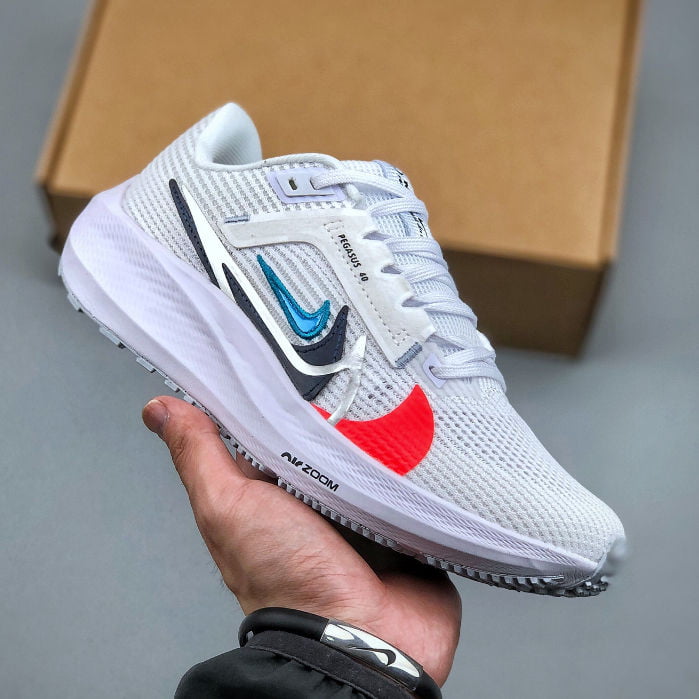In this article you will find:
How the Menstrual Cycle Impacts Running—and What You Can Do About It
For many women, running is an integral part of their lives, offering both physical and mental benefits. However, the often-overlooked influence of the menstrual cycle on athletic performance can significantly impact a runner’s experience. By understanding the hormonal fluctuations that occur throughout the month and their effects on the body, we can optimize training, prevent injuries, and maximize performance.
Understanding the Menstrual Cycle: A Quick Refresher
Before diving into the impact of the menstrual cycle on running, let’s briefly review the four phases:
- Follicular Phase: This is the first phase, starting on the first day of your period and ending with ovulation. Estrogen levels gradually increase, leading to an overall sense of well-being and increased energy.
- Ovulation: This is the mid-cycle phase when an egg is released from the ovary. Estrogen levels peak, and you may experience a slight energy boost.
- Luteal Phase: Following ovulation, progesterone levels rise. This phase can bring about mood swings, fatigue, and physical discomfort.
- Menstruation: The shedding of the uterine lining marks the beginning of a new cycle. Hormone levels are at their lowest, often leading to decreased energy and motivation.
These hormonal fluctuations can significantly influence various aspects of your running performance, from energy levels and endurance to pain tolerance and mental focus.
The Impact of Hormones on Running Performance
The fluctuating hormone levels throughout the menstrual cycle can affect your running performance in several ways:
- Energy Levels: Estrogen peaks during the follicular phase, often leading to increased energy and endurance. Conversely, progesterone levels rise during the luteal phase, potentially causing fatigue and decreased motivation.
- Pain Tolerance: Some women experience increased pain sensitivity during the luteal phase and menstruation. This can impact running comfort and performance.
- Mood Fluctuations: Hormonal changes can influence mood, affecting motivation and focus.
- Physical Changes: Bloating, breast tenderness, and joint pain are common premenstrual symptoms that can impact running form and comfort.
Tailoring Your Training to Your Cycle
Understanding how your menstrual cycle affects your body empowers you to optimize your training and performance. Here are some strategies to consider:
- Track Your Cycle: Use a menstrual cycle tracking app to monitor your hormonal fluctuations and identify patterns in your energy levels and performance.
- Adjust Training Intensity: During the follicular phase, when energy levels are higher, you may be able to handle more intense workouts. During the luteal phase, opt for lower-intensity runs or cross-training activities.
- Prioritize Recovery: Allow for extra rest and recovery during the luteal phase and menstruation to help your body cope with hormonal changes.
- Listen to Your Body: Pay attention to your physical and emotional cues. If you’re feeling fatigued or experiencing discomfort, adjust your training accordingly.
- Nutrition and Hydration: Maintain a balanced diet and stay hydrated throughout your cycle to support optimal performance.
- Strength Training: Incorporate strength training exercises into your routine to build muscle and improve overall fitness, regardless of your cycle phase.
Busting Myths About Running and Periods
There are many misconceptions surrounding running and periods. Let’s clear the air:
- Myth 1: You Should Avoid Exercise During Your Period: Exercise can actually alleviate menstrual cramps and improve mood.
- Myth 2: Running Will Make Your Period Heavier: Moderate exercise has no impact on menstrual flow.
- Myth 3: You Can’t Run a Marathon While Menstruating: Many elite female athletes have achieved remarkable performances while menstruating, proving that it’s possible to excel.
By understanding your body and making informed adjustments to your training routine, you can harness the power of your menstrual cycle to enhance your running performance and overall well-being.
Nutrition and the Menstrual Cycle: Fueling Your Runs
Proper nutrition is essential for optimal running performance, and this becomes even more critical when considering the hormonal fluctuations of the menstrual cycle. By understanding how your body’s nutritional needs change throughout the month, you can optimize your diet to support your training goals.
Macronutrients and the Menstrual Cycle
- Carbohydrates: Carbohydrates are the primary energy source for runners. During the follicular phase, when estrogen levels are rising, your body may be more efficient at utilizing carbohydrates. As progesterone levels increase in the luteal phase, your body’s sensitivity to insulin may decrease, making it more challenging to regulate blood sugar.
- Protein: Protein is essential for muscle repair and recovery. While protein needs remain relatively constant throughout the cycle, it’s crucial to consume adequate amounts to support training demands.
- Fats: Healthy fats play a vital role in hormone production and overall health. Aim for a balance of monounsaturated and polyunsaturated fats in your diet.
Micronutrients and the Menstrual Cycle
Certain micronutrients are particularly important for female runners, especially during the menstrual cycle:
- Iron: Iron deficiency is common among female athletes due to menstrual blood loss. Incorporate iron-rich foods like lean red meat, spinach, and lentils into your diet.
- Calcium: Essential for bone health, calcium is crucial for female runners, especially as they age. Dairy products, leafy green vegetables, and fortified plant-based milk are good sources.
- Magnesium: Involved in energy production and muscle relaxation, magnesium can help alleviate menstrual cramps. Good sources include nuts, seeds, and whole grains.
Hydration and Electrolytes
Staying hydrated is crucial for all athletes, but it’s especially important for women due to potential fluid loss during menstruation. Electrolytes, such as sodium, potassium, and magnesium, also play a vital role in maintaining fluid balance and muscle function.
Meal Timing and the Menstrual Cycle
The timing of your meals can impact your energy levels and performance. Experiment with different meal and snack times to find what works best for you throughout your cycle.
Common Nutritional Mistakes and How to Avoid Them
- Skipping meals: This can lead to energy crashes and poor performance.
- Restricting calories: Inadequate calorie intake can disrupt hormone balance and negatively impact training.
- Ignoring micronutrient needs: Focusing solely on macronutrients can lead to deficiencies in essential vitamins and minerals.
By paying attention to your body’s nutritional needs throughout your menstrual cycle, you can optimize your fuel intake and enhance your running performance.
Conclusion
Understanding the intricate relationship between the menstrual cycle and running performance empowers female athletes to make informed decisions about their training and nutrition. By tracking your cycle, tailoring your workouts, and prioritizing proper nutrition, you can unlock your full potential as a runner. Remember, every woman’s body is unique, so it’s essential to listen to your body and make adjustments as needed.




